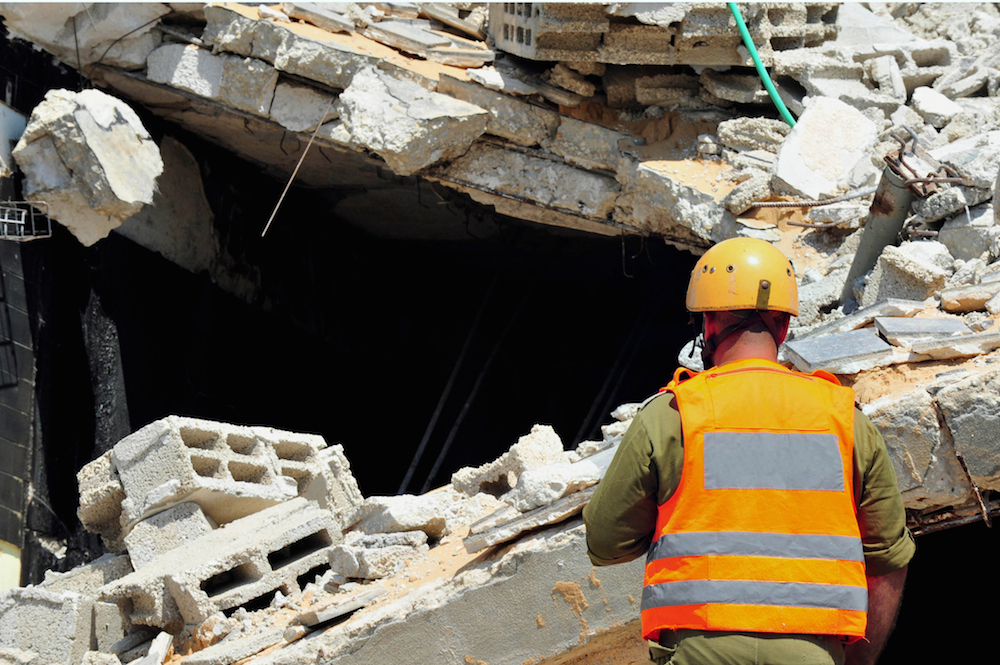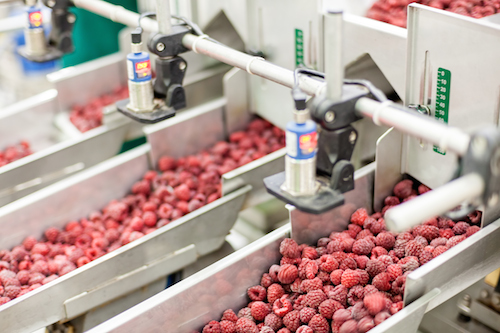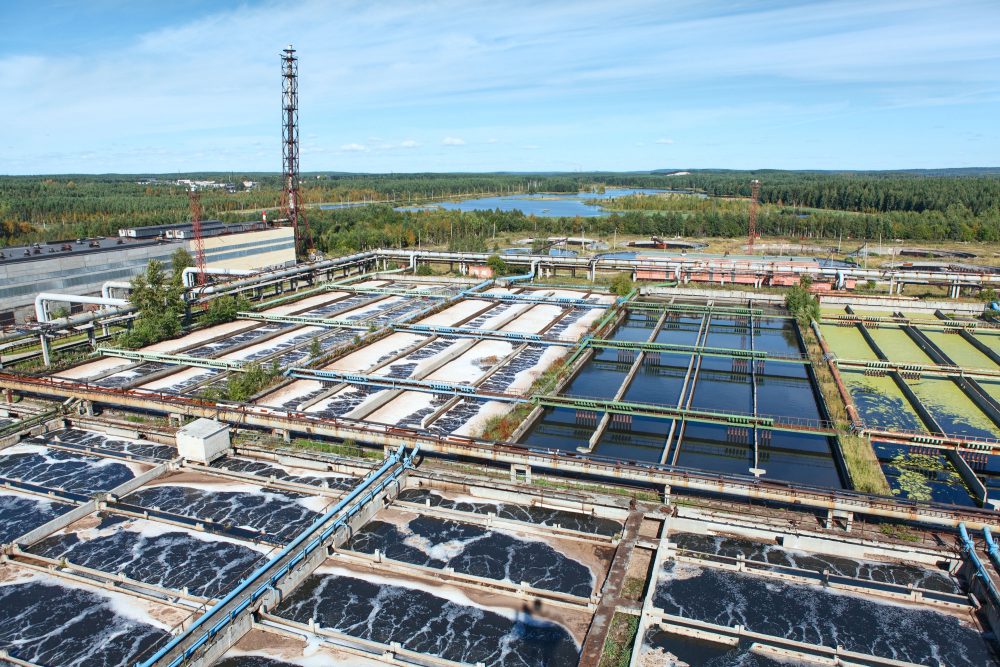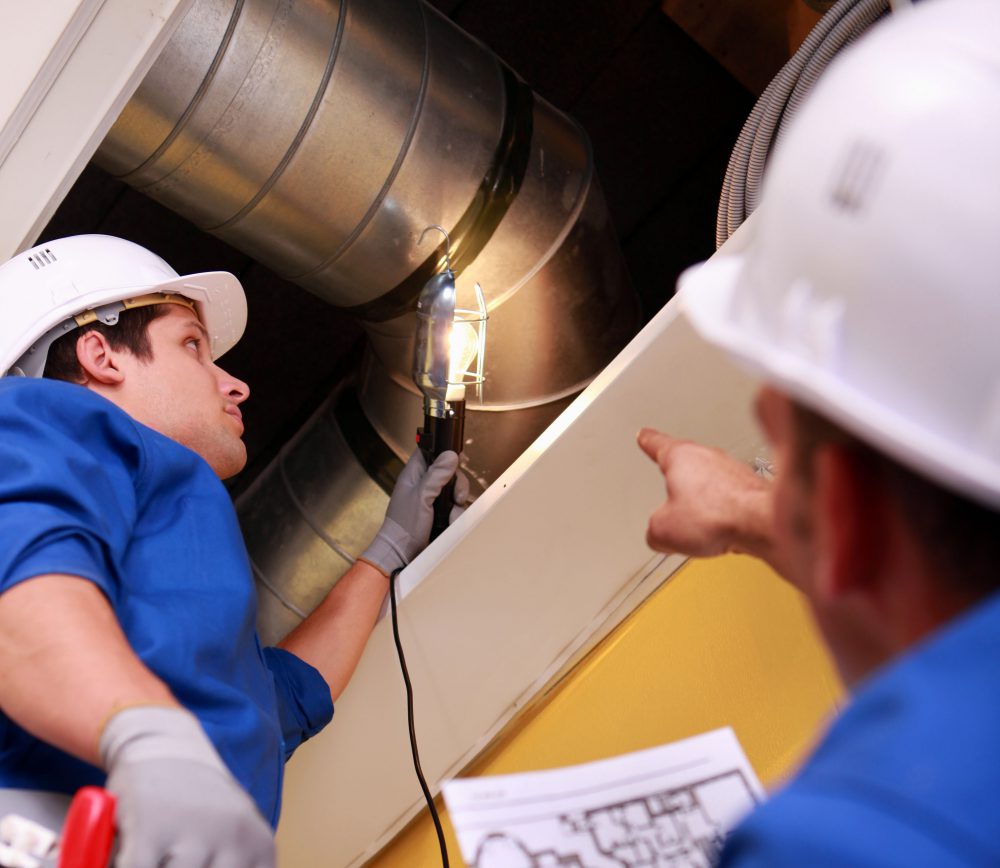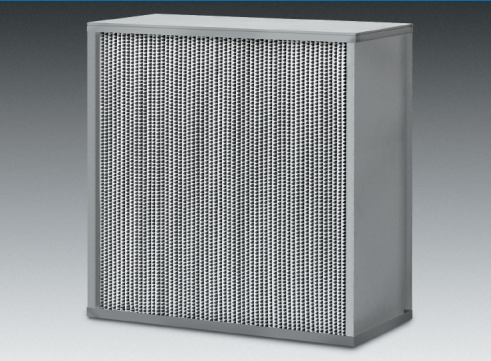Assessing Structural Damage: Your No. 1 Priority After Disaster Strikes
After a disaster, your food processing plant must get up and running again as soon as possible. Making moves to clean up or sweep debris may be a tempting first response, but it could be deadly. Instead, you must assess for structural damage first. Continue Reading “Assessing Structural Damage: Your No. 1 Priority After Disaster Strikes”



